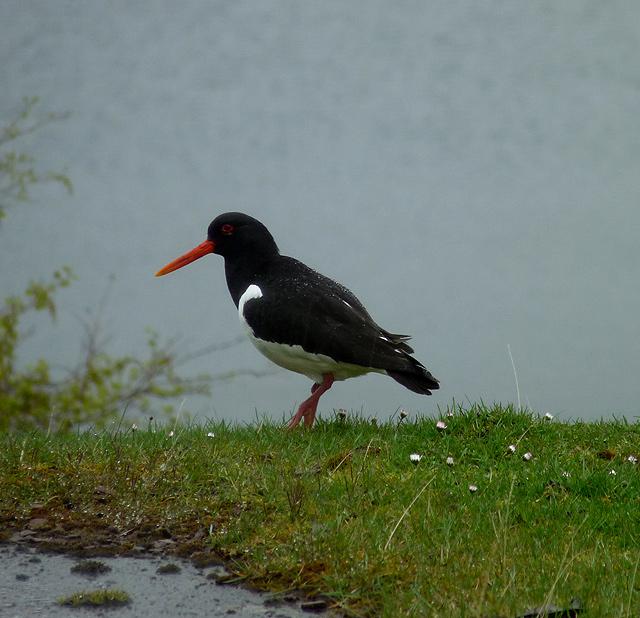
Current agri-environment schemes are central to meeting the Government’s target of reversing the decline in the ‘farmland bird index’ (based on population trends in 18 species) by 2020. The Entry Level Scheme (ELS), implemented in England in 2005, is a key delivery mechanism and it is therefore extremely important to (i) demonstrate that the entry level approach is securing desired effects and (ii) identify key factors determining the level/extent of these effects (e.g. the most effective options or combinations and the extent of these options required). To this end, the government commissioned the BTO to carry out additional bird monitoring on a sample of a further c. 1000 BBS squares in 2005 and 2008 (the latter funded by NE) in addition to the c. 1500 farmland squares monitored under the standard BBS. These data will provide very high statistical power to detect effects of ELS on bird populations and will therefore provide a rigorous scientific assessment of the effectiveness of the Entry Level Scheme in achieving recovery of farmland bird populations and address question (i) above. Two previous Defra/NE funded reviews (BD1618 and BD1636) have highlighted the extent to which delivering biodiversity benefits through ELS will depend crucially on the quality and quantity of habitat managed under options and their deployment in terms of targeting and spatial distribution. The roll out of ELS nationally represents a natural landscape scale experiment. ELS therefore provides a unique opportunity to link monitoring and research and address key questions relating to scale and the most effective combinations of options required to impact on bird populations.
Specifically, detailed bird and habitat surveys in a subset of the lowland arable ‘ELS monitoring’ 1km squares will be used to (i) identify key options or combination of options associated with high bird densities and whether these differ according to surrounding land use (e.g. extent of semi natural habitat, grass:arable ratio etc.) (ii) assess whether 1km squares with high ELS uptake also support high densities of key bird species. This project capitalises on the wider ELS monitoring project in two ways. First, by using bird densities recorded 2005 and 2008 under the extensive ELS monitoring project to assess whether ‘high bird density’ 1km squares have always been high or have increased in relation to ELS uptake. Second, by providing habitat data for the entire 1km square that will serve to ground-truth transect habitat data recorded under wider ELS monitoring. This will allow analyses of population changes recorded in the latter to be related to habitat data controlling for biases in habitat recording (e.g. under representation of linear features such as margins on transects).
These data, in conjunction with those from the wider ELS monitoring project, will inform the development and implementation of agri-environment measures designed to enhance the conservation status of these species by identifying key options and combinations of options promoting farmland bird populations, the extent to which these are influenced by landscape context and some indication of threshold habitat areas required for population recovery for a number of key bird species.
Available at: http://randd.defra.gov.uk/Default.aspx?Menu=Menu&Module=More&Location=No...